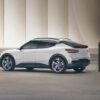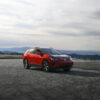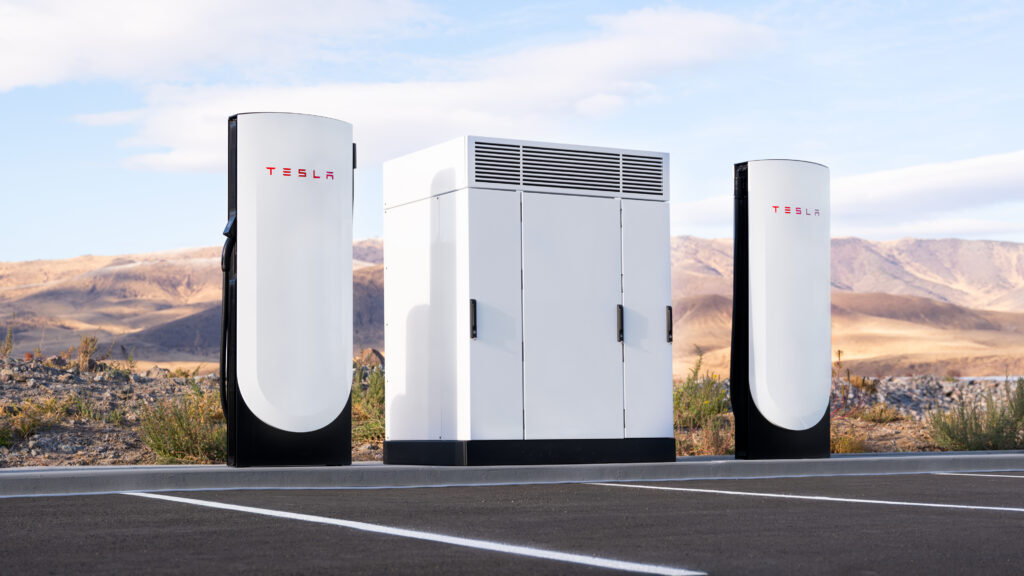
Tesla (TSLA) is preparing to make a powerful statement in the world of EV charging with its upcoming launch of V4 Supercharger stations in China.
This cutting-edge technology promises to revolutionize the charging experience, catering to the growing EV market in one of the most rapidly electrifying nations in the world.
The Dawn of V4 Technology
The V4 Supercharger isn’t just another upgrade—it’s a leap forward. With charging speeds reaching up to 500 kW, the V4 stations promise to make long waits at chargers a thing of the past.
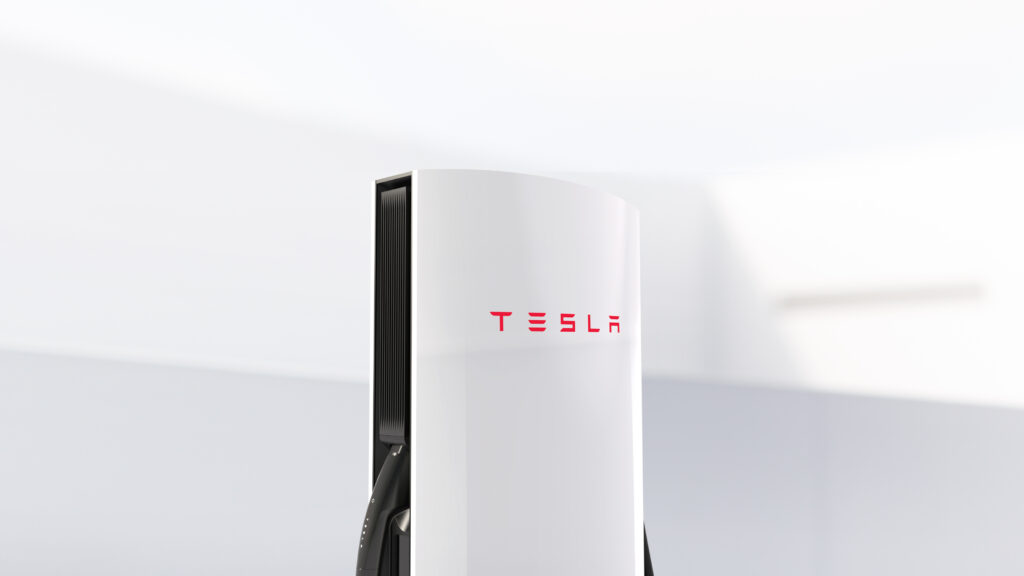
For commercial fleet operators, including those utilizing the Tesla Semi, the V4’s capability to deliver up to 1.2 MW of power is a game-changer, slashing downtime and boosting productivity.
These stations aren’t just fast; they’re versatile. Thanks to the V4 Cabinet’s ability to support vehicle architectures ranging from 400V to 1000V, Tesla’s latest charging technology is designed to accommodate the diverse and evolving needs of EVs.
China: Tesla’s Charging Powerhouse
Tesla’s relationship with China is deeply strategic. As of November 2024, 20% of the company’s global Supercharger network—11,500 units—is located in China.
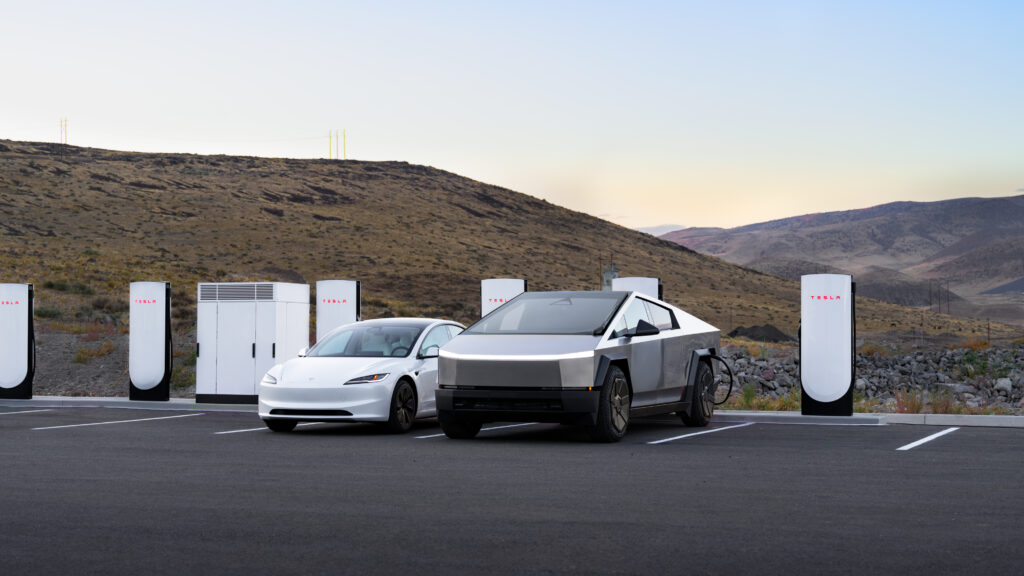
This robust presence is supported by Tesla’s dedicated Supercharger factory in Shanghai, a 5,000-square-meter facility capable of producing 10,000 V3 Superchargers annually. With the impending rollout of the V4, this factory is likely to play a pivotal role in scaling up production and deployment.
Tesla’s announcement of its first batch of V4 Supercharging stations arriving in 2025 signals a continued commitment to solidifying its footprint in the region. Notably, since April 2023, Tesla has opened its Supercharger network in China to other EV brands, a move that further integrates its infrastructure into the broader EV ecosystem.
Enhancing the EV Experience
Tesla’s V4 Superchargers bring remarkable advancements to the EV charging landscape. With up to 500 kW for standard EVs and 1.2 MW for the Tesla Semi, they are set to redefine fast charging. The compatibility with a wide range of vehicle architectures ensures the stations remain adaptable for future EVs.
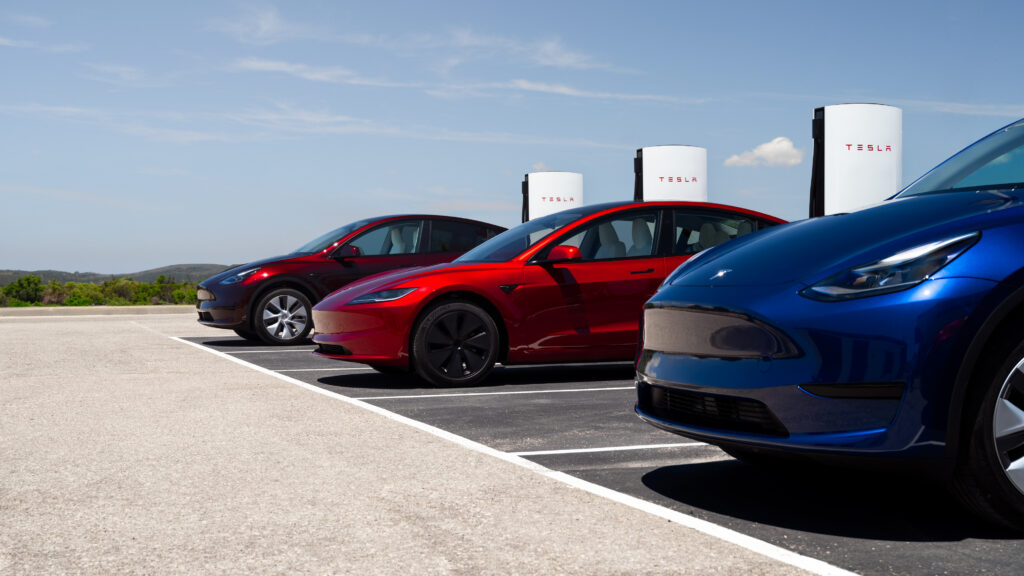
Tesla’s decision to open its network to other brands demonstrates a commitment to fostering widespread EV adoption. However, challenges such as infrastructure costs and varying rates of EV adoption may impact the immediate utilization of these advanced chargers.
Expanding the network will require significant investment, and construction timelines may vary by region. While Tesla’s Supercharger network is growing rapidly, older Tesla models may not fully utilize the benefits of this new technology. Still, Tesla’s history of software updates often bridges such gaps, ensuring better compatibility over time.
What’s Next for Tesla in China?
China’s rapid embrace of electric vehicles presents a fertile ground for Tesla’s innovations. With government incentives and increasing consumer demand for EVs, Tesla’s V4 rollout is poised to align perfectly with market trends. Analysts predict that this move will not only strengthen Tesla’s market share but also set a new standard for EV charging infrastructure in Asia.
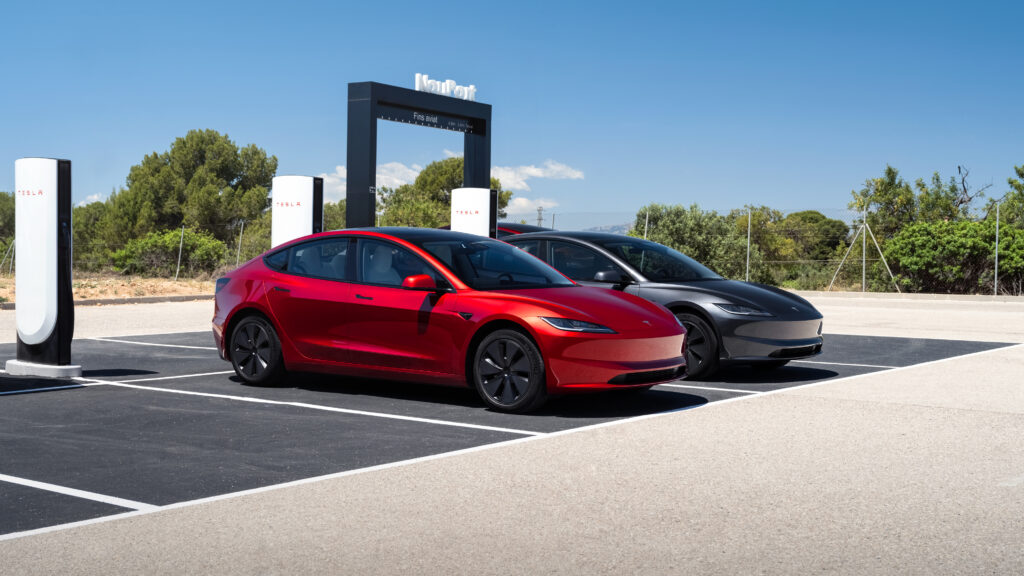
Looking ahead, Tesla’s focus may extend beyond just hardware. Integrations like solar charging, smart grids, and battery storage solutions could further enhance the sustainability and efficiency of their Supercharger network. The Shanghai factory’s capability to rapidly scale production positions Tesla to lead this charge—both literally and figuratively.
Charge Complete
Tesla’s V4 Supercharger rollout in China isn’t just an upgrade; it’s a bold statement about the future of EV infrastructure. By combining unmatched charging speeds, innovative design, and a commitment to accessibility, Tesla is setting a benchmark that few competitors can rival.
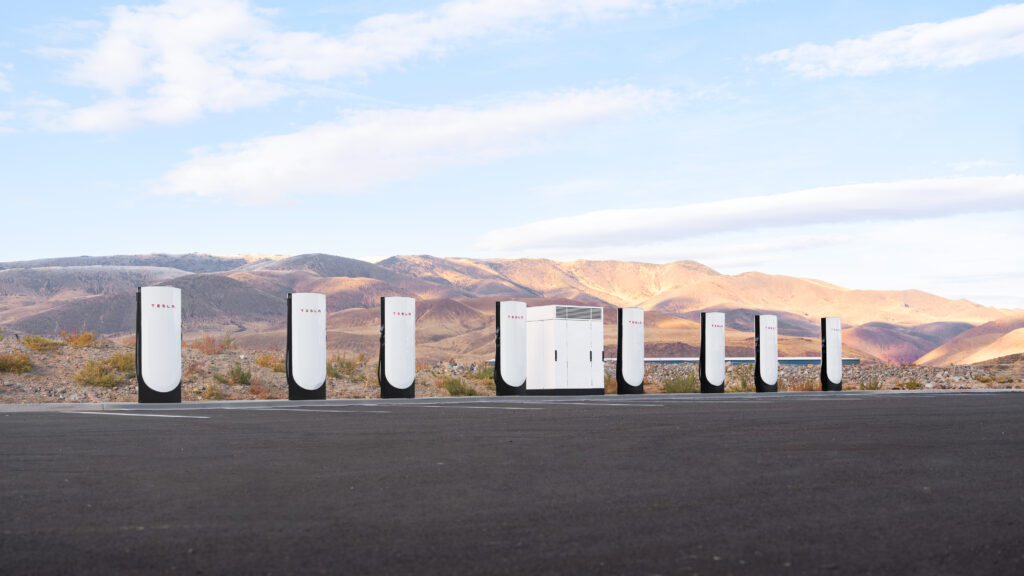
As these stations begin deployment in 2025, the ripple effects will likely redefine the EV charging landscape—not just in China, but globally. With the V4, Tesla isn’t just keeping up with the demand for faster, more efficient charging; it’s leading the way.

